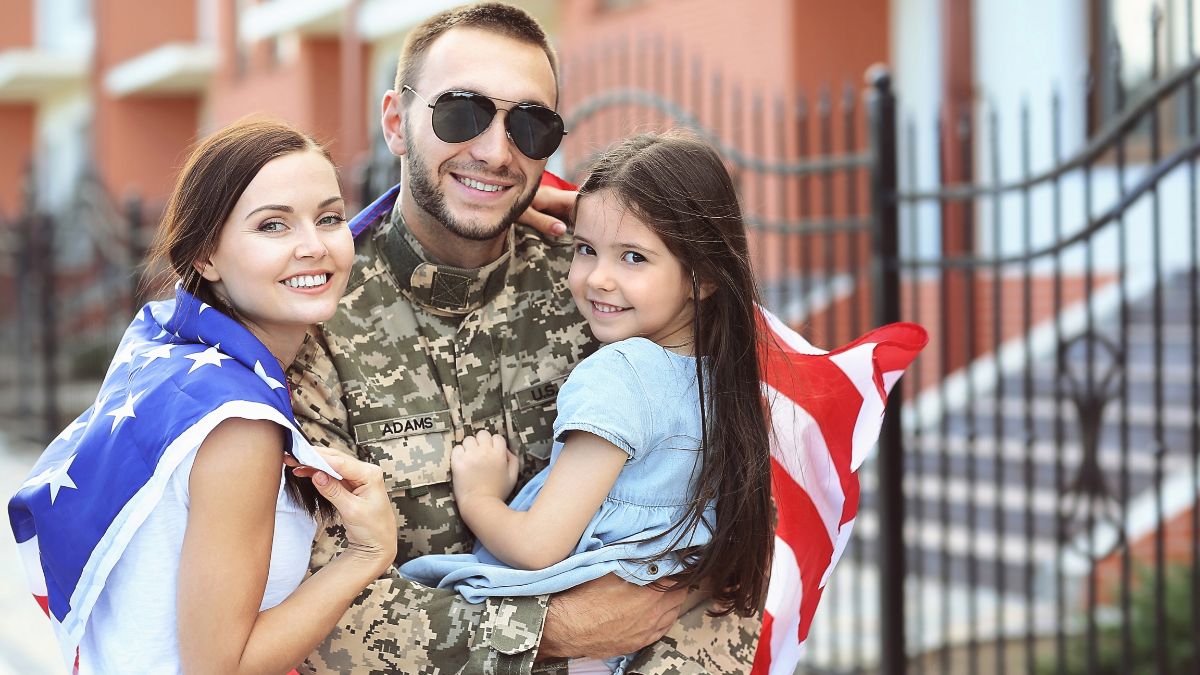A valuable yet often overlooked benefit from the U.S. Department of Veterans Affairs (VA) could provide qualifying disabled veterans with monthly payments up to $3,355.39, along with extensive career and independent living support. Known as the Veteran Readiness and Employment (VR\&E) Program, the initiative remains underused due to low awareness and confusion about who qualifies.
Designed to help veterans with service-connected disabilities regain employment or gain new skills, the VR\&E program also supports independent living for those unable to work. The non-taxable monthly stipend is offered in addition to standard VA disability compensation, making it one of the most generous benefits available to eligible veterans in 2025.
Who Is Eligible for the VR\&E Program?
To qualify, veterans must have a minimum 10% VA disability rating and also meet the requirement of having an “employment handicap.” This means their disability directly interferes with their ability to find or maintain suitable work.
For veterans discharged on or after January 1, 2013, the application window is open-ended. However, those who left service before that date must apply within 12 years of separation or the date of their first VA disability rating, whichever comes later.
High Monthly Benefit Based on ZIP Code and GI Bill Usage
The maximum monthly benefit of $3,355.39 is available to veterans enrolled in approved training or education programs and who still have Post-9/11 GI Bill benefits. These recipients receive a Monthly Housing Allowance (MHA) equivalent to the Basic Allowance for Housing (BAH) for an E-5 with dependents, with rates tied to the location of their school or training site.
For veterans who have exhausted their GI Bill benefits, the VA provides a standard subsistence allowance, which is also non-taxable and updated annually. For 2025, the monthly rates are as follows:
| Dependents | Monthly Allowance (2025) |
|---|---|
| None | $793.31 |
| One dependent | $983.65 |
| Two dependents | $1,159.17 |
| Each additional child | +$84.47 |
A Wide Range of Support Services Beyond Payments
The VR\&E program offers much more than financial assistance. Veterans work with a Vocational Rehabilitation Counselor (VRC) to develop a customized rehabilitation plan tailored to their unique circumstances. This plan is selected from five major tracks:
- Reemployment – Returning to a former employer
- Rapid Access to Employment – Quick job placement using existing skills
- Self-Employment – Starting a veteran-owned business
- Long-Term Services – Education or training for a new career
- Independent Living – Services for veterans unable to work due to their disability
These tracks ensure the program can flexibly support both employment goals and quality-of-life improvements.
Additional Covered Benefits Under VR\&E
Alongside monthly payments, the VR\&E program covers a range of essential services and expenses to help veterans transition smoothly into new careers or adapt their living environments. These include:
- Tuition, books, and required school supplies
- Professional certification and licensing fees
- On-the-job training and apprenticeships
- Business planning assistance and startup support
- Vehicle or home modifications for accessibility
- Assistive technologies, such as adaptive computer equipment
This broad set of services allows veterans to overcome employment barriers and maintain independence, regardless of the severity of their disability.
How to Apply for VR\&E Benefits
Veterans can apply for the VR\&E program through several channels:
- VA.gov or the eBenefits portal
- In-person or remote assistance from a Veterans Service Organization (VSO)
- Direct support from a VA Regional Office
Applicants should have documents such as DD Form 214, VA disability rating letter, and a summary of employment history ready for review. Once submitted, a meeting with a VRC will determine final eligibility and the most suitable service track.
Why the VR\&E Program Remains Underused
Despite its financial and career advantages, the VR\&E program is significantly underutilized. A 2023 VA study found that fewer than 30% of eligible veterans were enrolled or actively participating.
Some veterans are unaware of their eligibility, while others believe that a past denial makes them permanently ineligible. However, changes in disability ratings, new medical evidence, or updated documentation can reopen eligibility.
Veterans are strongly encouraged to reapply or seek help from a VSO to determine if their circumstances now qualify them for benefits.
Real Impact: More Than Just a Check
Veteran advocacy groups emphasize that VR\&E offers more than just a financial boost. The program provides a roadmap to self-sufficiency, career stability, and a renewed sense of purpose.
For example, a veteran recovering from injury might use VR\&E to attend school for a new profession, receive a stipend to pay rent, and access career placement support—all while keeping their VA disability compensation.
This holistic approach gives veterans the tools they need to thrive beyond service, even in the face of physical or mental health challenges.
A Call to Action: Revisit the Benefit You Might Have Missed
With the potential to receive more than $3,300 per month, career development, and life-enhancing services, the VR\&E program represents one of the most powerful tools available to disabled veterans.
Veterans who were previously denied or unsure of their eligibility should revisit the program. New documentation, updated medical records, or changes in job status could shift their eligibility—and change their lives.
As of 2025, the VA is actively promoting VR\&E through outreach efforts, aiming to ensure that every eligible veteran has the opportunity to reclaim their independence, career path, and financial well-being.
